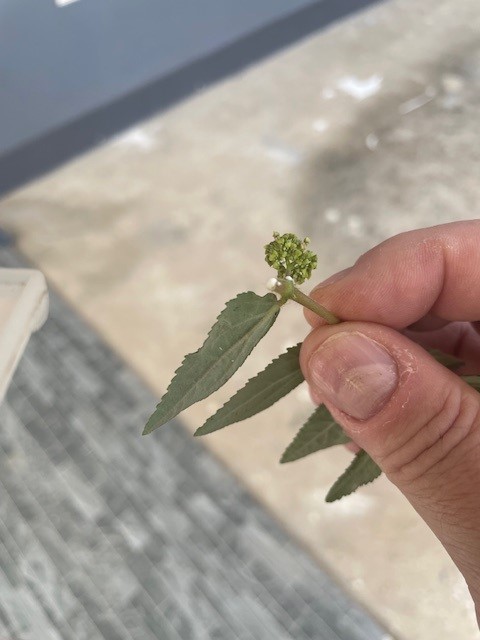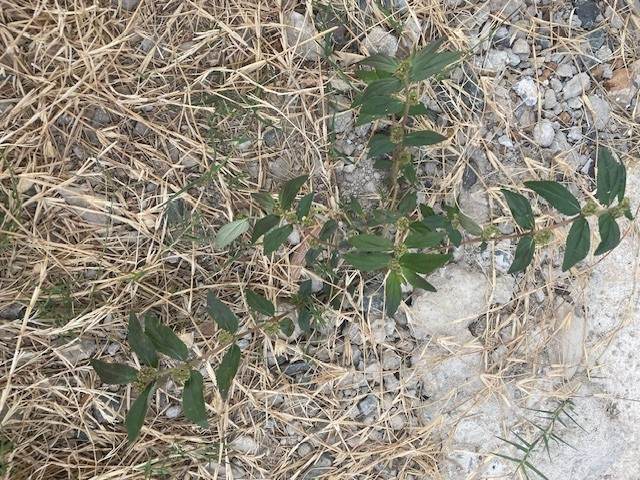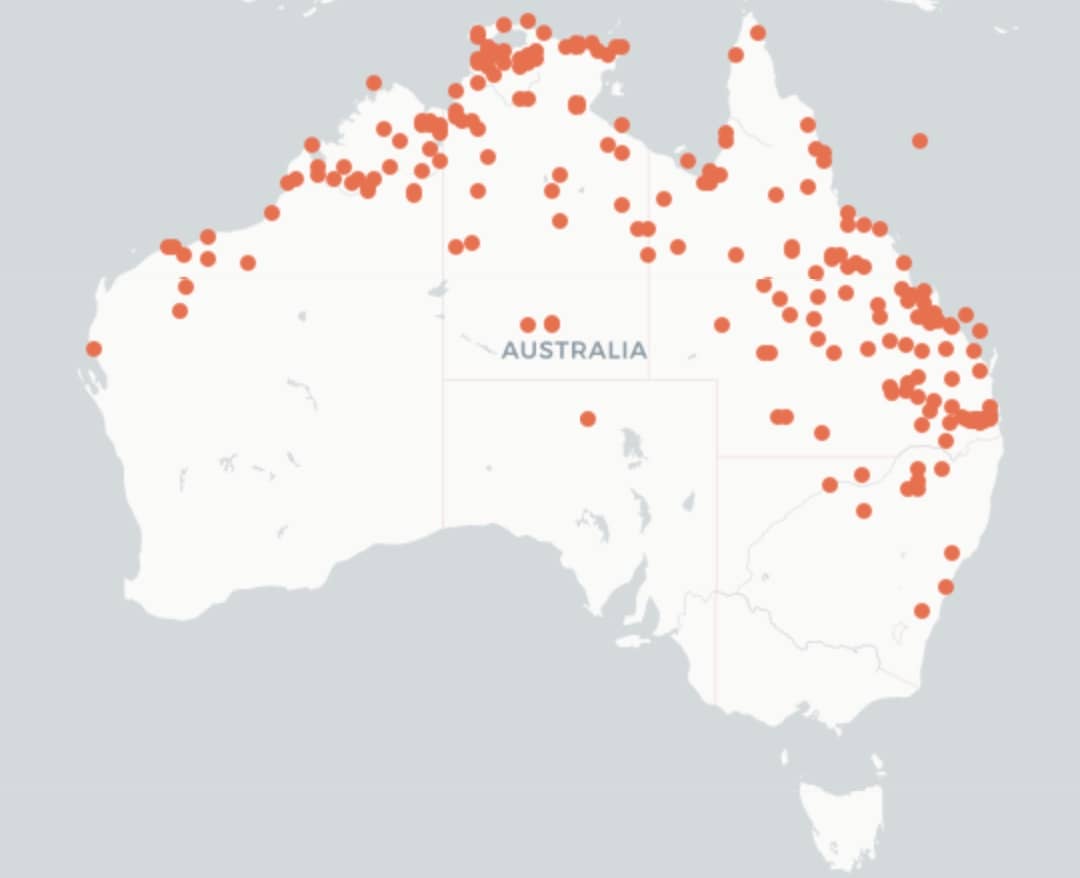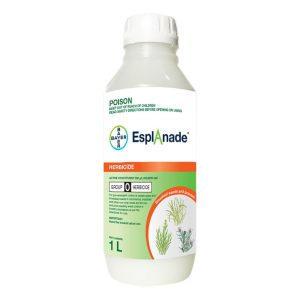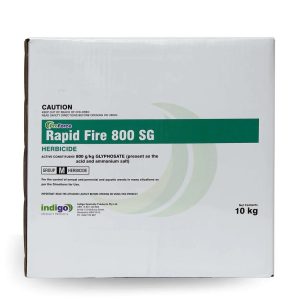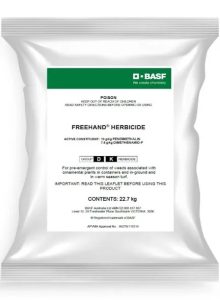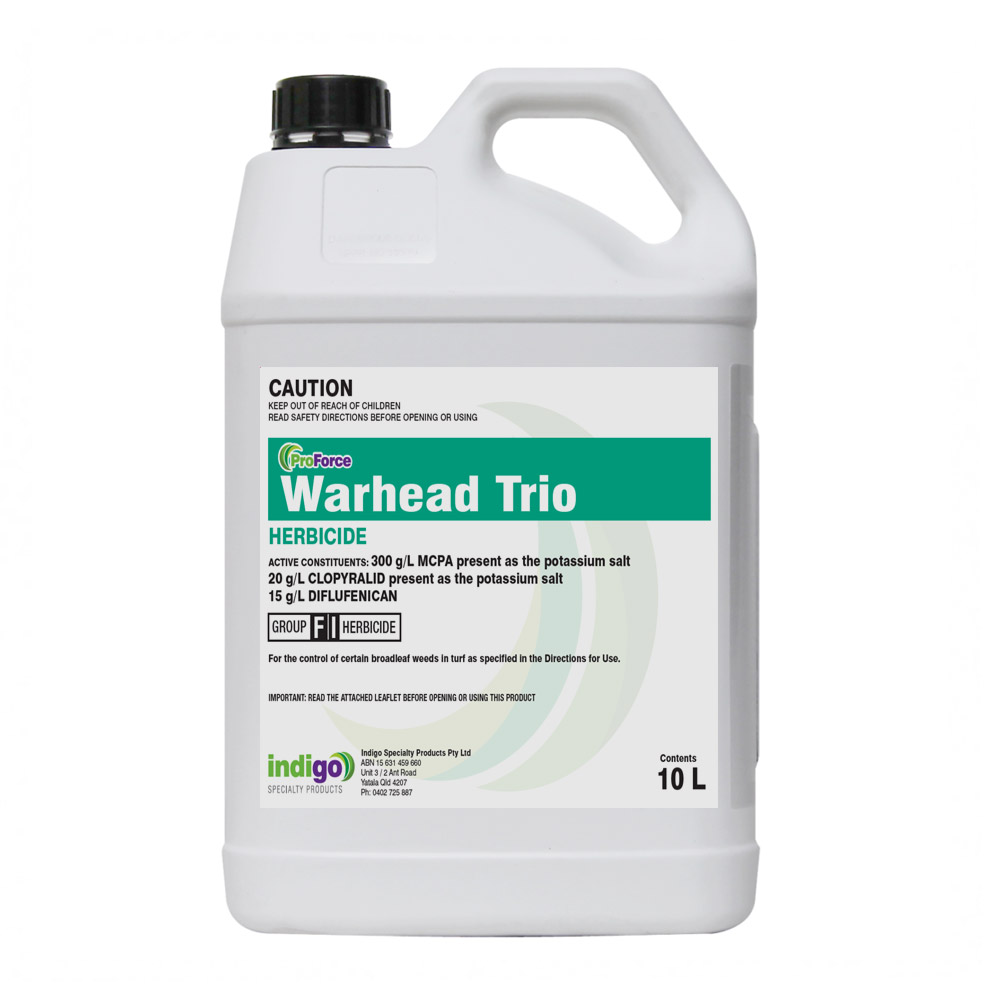Asthma Weed (Euphorbia hirta)
Asthma Weed is also known as Hairy Spurge or Cat’s Hair. It is an annual weed of the semi-tropics and tropics, and does not tolerate frosts.
This weed has very soft leaves. It produces several red stems that can be up to 40 cm tall or spread close to the ground. These stems have a cover of yellow hairs and contain a milky sap.
- It has its name because people use it to treat asthma and lung diseases.
- This plant is also works against worms, dysentery and colic, warts, asthma, bronchitis and dengue fever.
Identification and Management Technical Sheet.
Why is Asthma Weed a Problem?
- Widely naturalised in disturbed and managed sites. This weed often invades lawns, gardens, footpaths, roadsides, drainage lines, and bare ground in tropical/subtropical and warm temperate regions of Australia.
- Quick life cycle and rapid seed production. It reproduces quickly from seed (60 days) and over a wide temperature range. Early seedlings build seed banks that cause growth flushes in warm months.
- Competitive. It outcompetes plants for water, light and nutrition.
- Persistence in disturbed soils and thin turf areas. It exploits bare patches, compact soils and areas of thin and weak turf.
- Toxicity. The sap is toxic if eaten. It causes photosensitive skin reactions, and severe inflammation on contact with the eyes or open cuts.
- Host. It is a host for several fungal and insect pests.
After you read this, you will be able to:
- Identify Hairy Spurge (Euphorbia hirta).
- Know the its habitat.
- Know the best way to control this weed.
The distribution map is courtesy of The Atlas of Living Australia.
How to Identify Asthma Weed.
Category: This is a Broadleaf (Dicot) weed.
Photosynthetic Pathway: It is a C4 Weed.
ID Table for Asthma Weed.
| Feature | Description / field tip |
| Habit | An annual/sprawling to erect herb, which is often 10 to 40 cm long (can be up to ~60 cm). It grows from a taproot and sometimes has reddish stems. |
| Growth | The root system comprises fibrous roots that grow off the main taproot. As it grows, it sends out stolons, and then quickly spreads across the ground. |
| Stems & hairs | The stems have a cover of short curled or flat lying hairs and some longer yellowish hairs. If you cut the stems they secrete a milky latex. |
| Leaves | The leaves are opposite, 1 to 5 cm long (varies), and have a dark green to red colour with purple markings. They are hairy (the upper surface may be less hairy as it matures), have toothed margins, and often elliptic to oblong. |
| Flowers/fruit | You can see the green/yellow/creamy flowers from the Spring to the Summer. They are in a tiny cyathia in the leaf axils, and produce a small 3-lobed capsule (the “pills/pillpod” common names). |
Reproduction:
- It reproduces by seed, and by its creeping stems.
- When the plants mature, the seed pods explode and disperse the seeds.
- A mature plant can produce several thousand seeds in 8 to 10 weeks.
- Cat’s Hair tends to germinate between 24°C and 29°C.
- However it can germinate at any time once temperatures are over 16°C.
Asthma Weed is a good indicator weed of compact soil, and bare or thin lawns.
For more information check out our weed ID Chart to Identify Weeds by photo.
How to Control Asthma Weed.
You can control Cat’s Hair by cultural and chemical means.
Cultural Control of Asthma Weed.
- You must hand weed every 2 to 4 weeks. This is because of its fast growth rate, and the ability of this weed to quickly produce seed once it germinates.
- Due to its prostrate growth habit, mowing is not an effective way to manage Cat’s Hair.
Cultural Management – Practical Steps.
| Action | Why it works / implementation tips |
| Improve and maintain dense turf/groundcover | Healthy, dense turf shades and prevents seed germination; overseed or renovate bare patches promptly. |
| Minimise bare ground / reduce disturbance | Seedlings exploit bare, and compact soil. Reduce traffic, repair divots, topdress and aerate where needed. |
| Mulch / landscape cloth in beds | Blocks light to seed; replace or renew mulch to limit seedling emergence (works for garden beds, not turf). |
| Hand-pull & mechanical removal | This works on small patches. Make sure you do this before it seeds, bag and dispose (sap irritant — wear gloves). Crowning/digging is appropriate for small infestations. |
| Prevent seed source nearby | Control populations at margins, road verges and waste areas to reduce recolonisation. |
Chemical Control of Asthma Weed.
- Always follow the product label and local regulatory guidance. Herbicide labels define legal uses, rates, surfactants, withholding periods and safety requirements.
- Where possible use an integrated approach: cultural + pre-emergent + spot post-emergent treatments to reduce the reliance on any single chemistry and limit seed production.
Pre-Emergent Control.
There are currently two products with a label for this weed in Australia. These are BASF Freehand and Envu Esplanade.
- BASF Freehand only suppresses this weed.
- Envu Esplanade is for use around railroads, roads, industrial sites and utility corridors.
Overseas there are more options to choose from:
- Dithiopyr, Metalochlor, Pendimethalin, and Oxadiazon all suppress Cat’s Hair.
- Prodiamine has a label for its suppression, and long term control.
Post Emergents For Asthma Weed.
Post-emergent tips
- Use when plants are young and actively growing for the best chemical uptake. Mature flowering plants are harder to kill and will still produce seed unless you control them early.
- For turf areas use products with a label for that turf species. Many turf products will control this weed but check the label and the turf safety.
- For industrial / non-crop areas, long-residual options (indaziflam pre-emergent) plus a glyphosate knockdown often gives good control.
- We have personally had success with the use of ProForce Warhead Trio and saw results within 2 weeks.
Non Selectives For Asthma Weed.
- Glufosinate-ammonium provides control for 4 to 6 weeks. However, it then tends to grow back due to the limited movement of glufosinate.
- Glyphosate. If water quality is an issue then use ProForce Manta Ray.
The following are non-selective. They also have a long term residual, and stop any re-growth of this weed.
- Renegade. Renegade stops germination of this weed for up to 12 months. This reduces the need for several chemical applications.
- Numchuk Quad. This gives post and pre emergent Hairy Spurge control for up to 12 months.
- Cortex Duo. Cortex Duo gives a rapid knockdown of Cat’s Hair. It then has a 3 month residual. It is also safe to use near trees.
Non Selectives For Asthma Weed.
Product | Active Ingredient | Group | Use Rate/Ha |
Glufosinate 200 | Glufosinate-ammonium | 10 | 1 to 6 L |
Rapid Fire 800 | Glyphosate | 9 | 0.9 to 1.35 Kg |
Numchuk Quad | Terbuthylazine + Glyphosate + Amitrole Oxyfluorfen | 5 + 9 + 34 + 14 | 20 to 25 L |
Cortex Duo | Nonanoic Acid + Oxyfluorfen | 14 | 7 L/1000L |
Renegade | Bromacil | 5 | 3.5 to 6.5 Kg |

